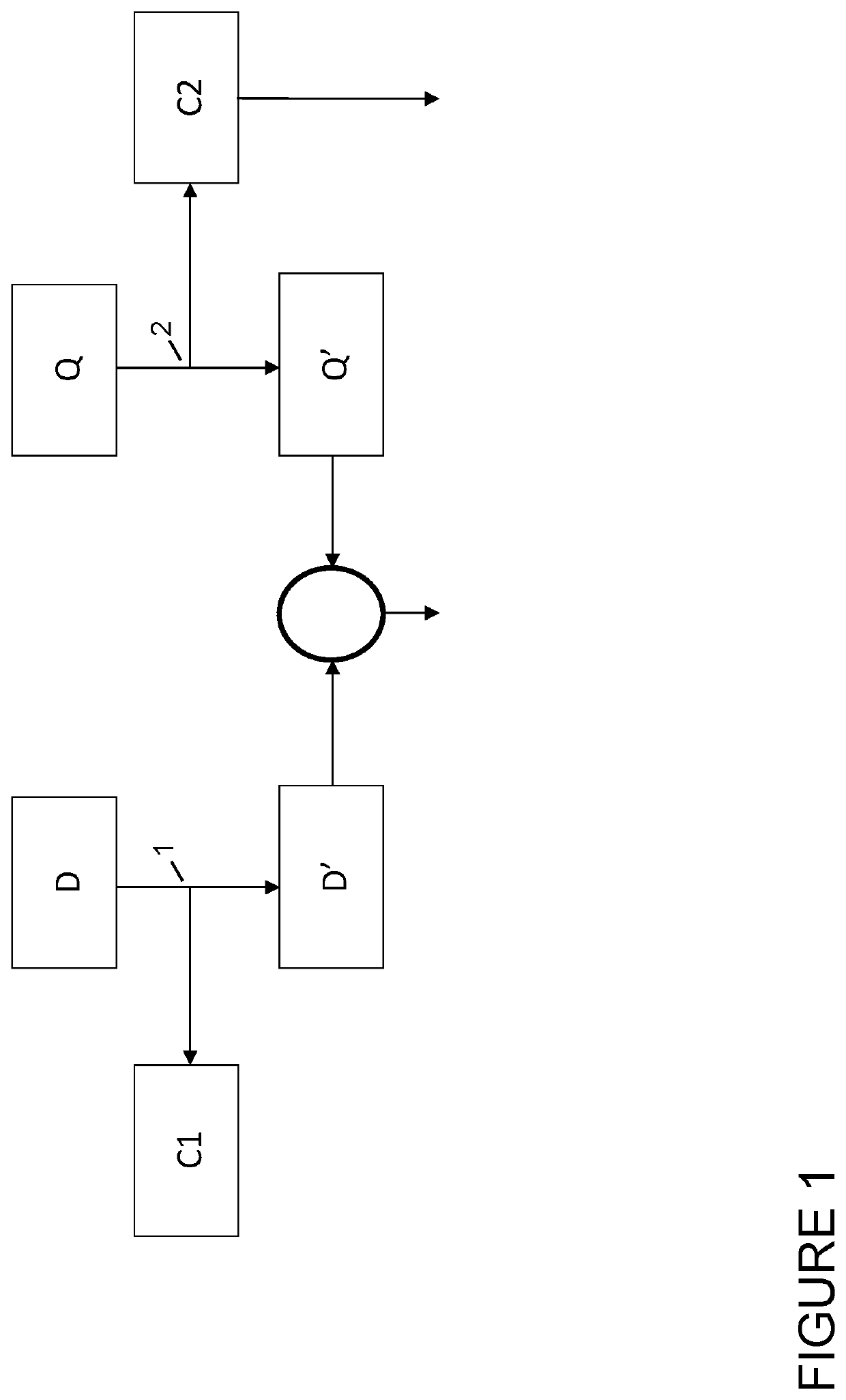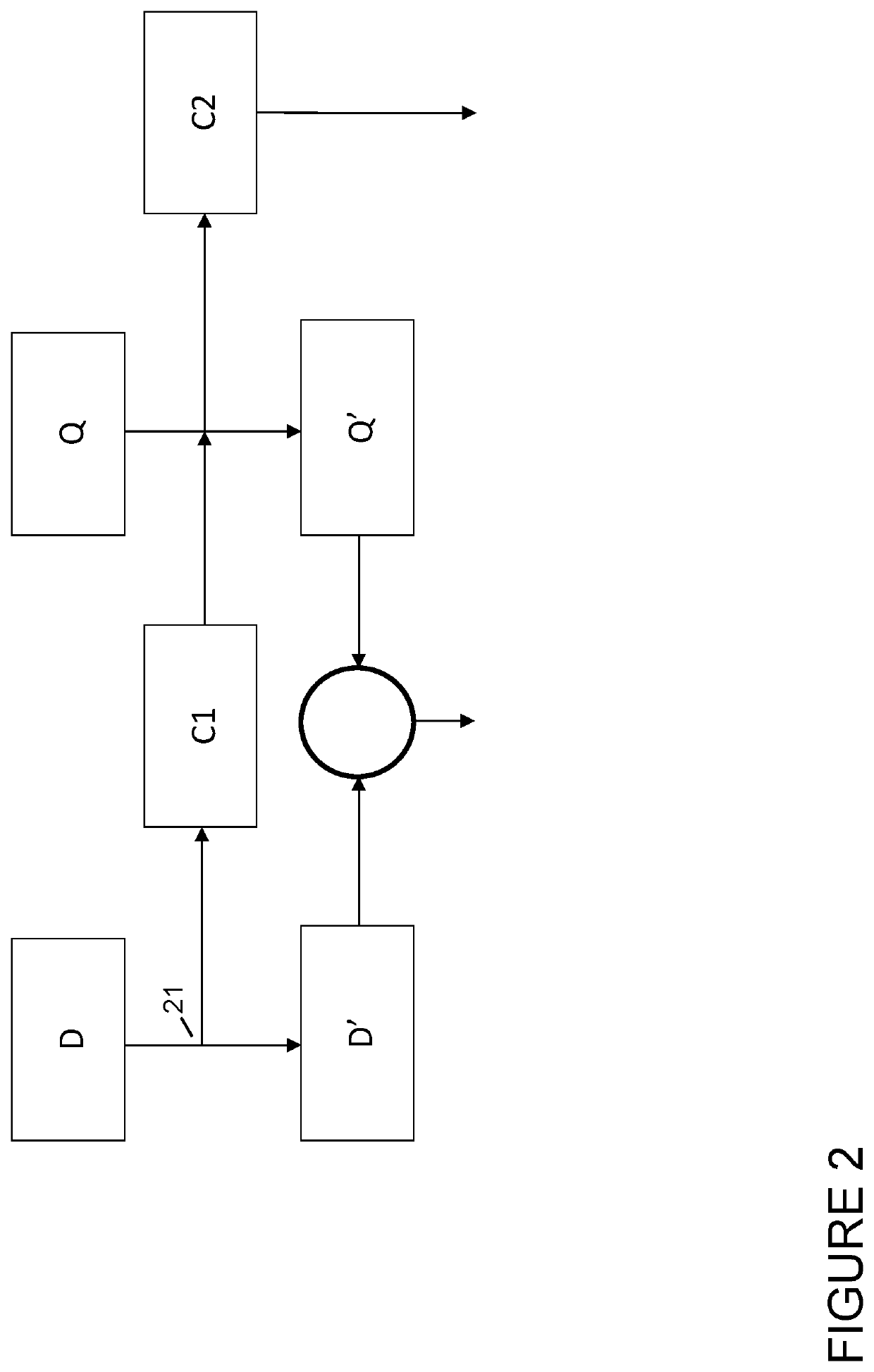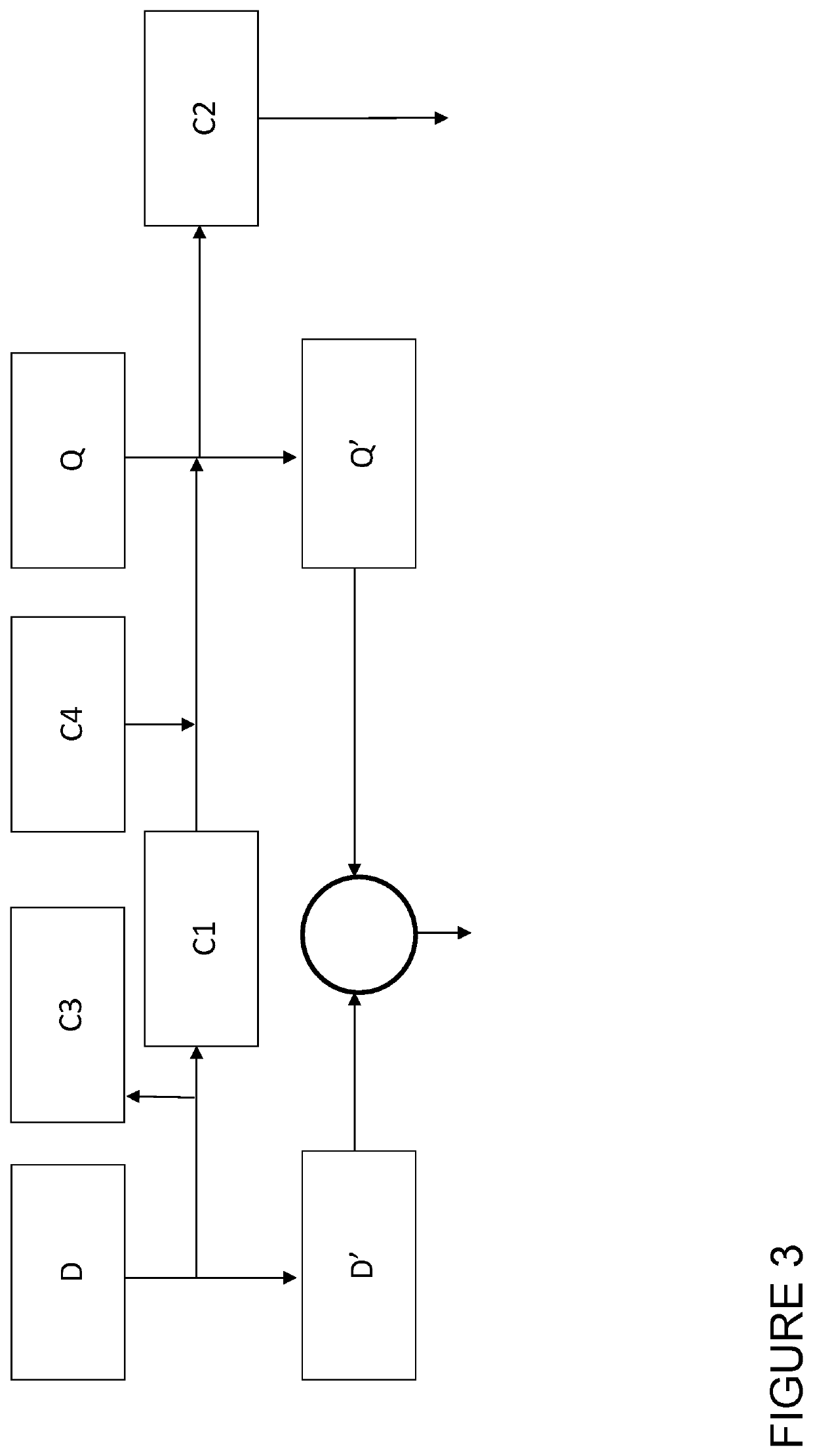Computer-implemented method of querying a dataset
- Summary
- Abstract
- Description
- Claims
- Application Information
AI Technical Summary
Benefits of technology
Problems solved by technology
Method used
Image
Examples
Embodiment Construction
[0042]An implementation of the invention relates to a system allowing anyone to write complex queries across a large number of curated or uncurated datasets. These inherently ambiguous or imperfect queries are processed and fed into a database that is structured to handle imprecise queries and imprecise datasets. Hence, the system natively handles ambiguity and surfaces something plausible or helpful and enables ordinary and professionals users to iterate rapidly and intuitively to as precise an answer as the dataset is capable of supporting.
[0043]Instead of attempting to obtain perfectly structured data and perfectly structured queries, we instead re-architect the entire querying and database stack to work with ambiguity—the complete opposite to conventional approaches which require precision in the query and are intolerant to imperfections in the datasets.
[0044]This will transform the way people interact with data: immersive searching and exploration of datasets will become as ubi...
PUM
 Login to View More
Login to View More Abstract
Description
Claims
Application Information
 Login to View More
Login to View More - R&D
- Intellectual Property
- Life Sciences
- Materials
- Tech Scout
- Unparalleled Data Quality
- Higher Quality Content
- 60% Fewer Hallucinations
Browse by: Latest US Patents, China's latest patents, Technical Efficacy Thesaurus, Application Domain, Technology Topic, Popular Technical Reports.
© 2025 PatSnap. All rights reserved.Legal|Privacy policy|Modern Slavery Act Transparency Statement|Sitemap|About US| Contact US: help@patsnap.com



